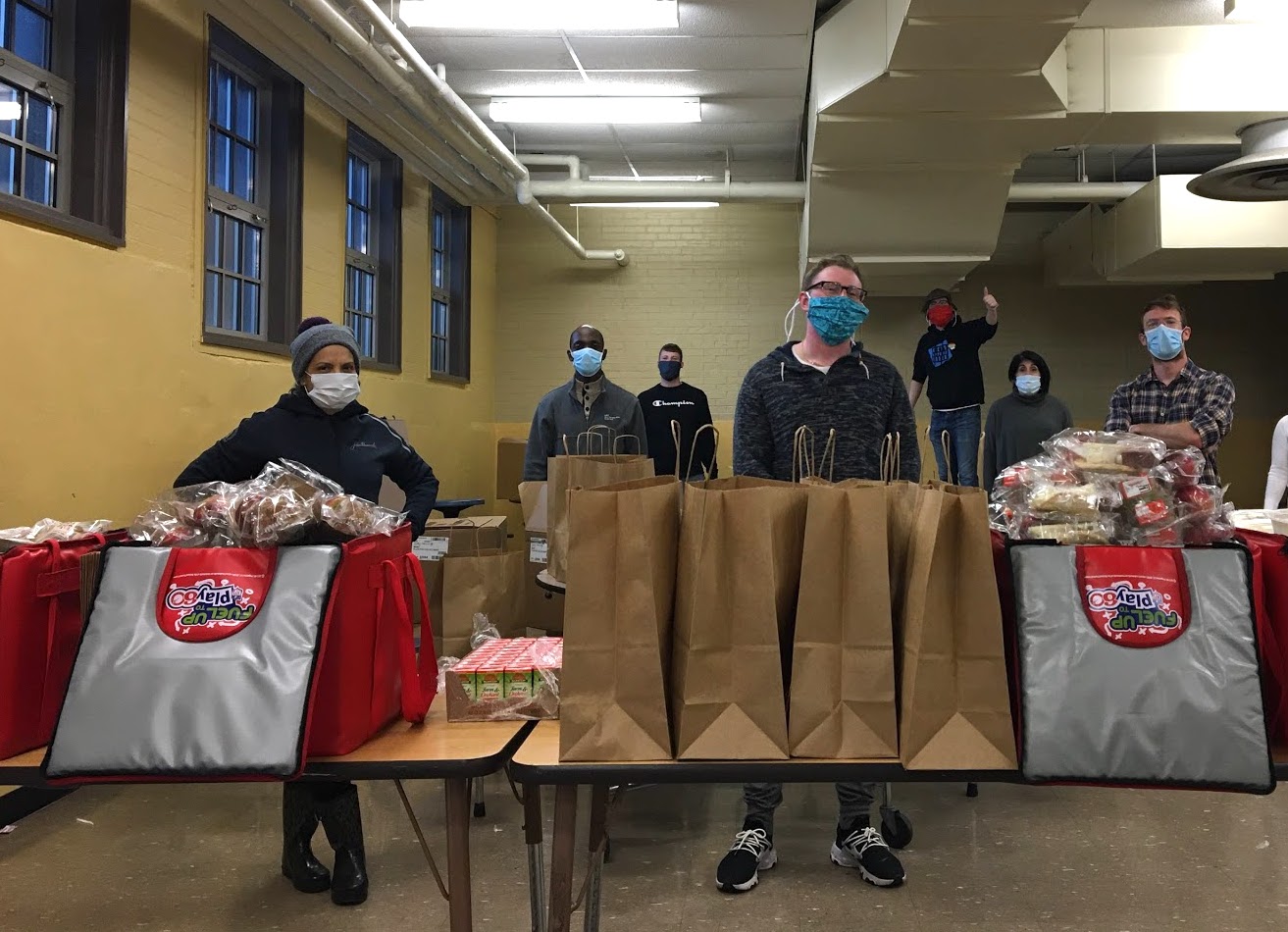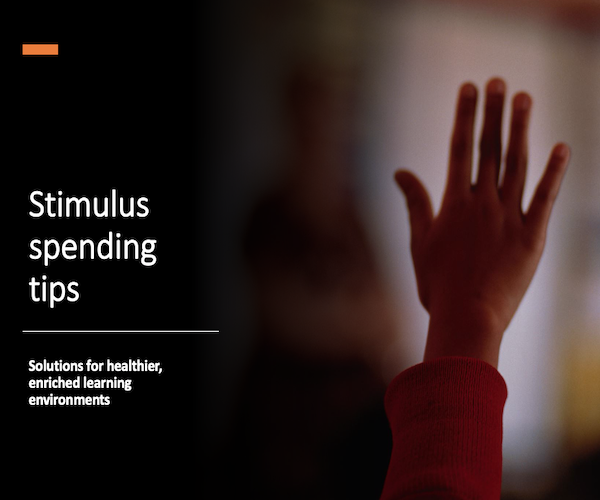Compared to this time last year, when administrators scrambled to feed students amid the new COVID calamity, the road ahead seems less threatening despite the persistent challenges.
In Boston Public Schools, students can attend summer school in-person while the district will continue to distribute meals off-campus, though at fewer locations than the 60 sites it operated at times in 2020, says Laura Benavidez, the executive director of student food and nutrition.
“We’re opening up the state and it allows us to be much more efficient in the planning process,” Benavidez says. “It gives us the opportunity to pivot quickly.”
Boston Public Schools, a high-poverty district, will continue to offer free breakfast, lunch and dinner to all students.
More from DA: Schools can keep serving free meals through 2021-22
A challenge this year is that there will be no breaks in meal service between the last day of school on June 18 and the beginning of summer school three days later, or between the end of summer school and the first day of school in 2021-22, she says.
“This pandemic has taught us that hunger never takes a break,” she says. “There is always going to be a family in need, no matter what neighborhood they live in.”
She recommends that districts send out communications about food service in several different languages.
“With food, it can be a very delicate conversation,” she says. “There’s a percentage of people who would rather be food insecure than be thought of as ‘in need.'”

Another key for the district has been its close collaboration with the city of Boston and vendor Revolution Foods.
“The city opened up a lot of doors to get more volunteers and locations,” Benavidez says. “We many people wanting to help and we realized we couldn’t do it alone.”
Revolution Foods has prepared more meals for the district, which has many outdated kitchens and no central food service facility. The company also delivered meals, going so far as to take photos of the food at the front doors of homes—just like Amazon, Benavidez says.
Production in the district’s small kitchens had been hindered by social distancing and other safety requirements, she adds.
Meal participation going up
Expanded food service will likely be a necessity after the public health emergency ends, says Jennifer LeBarre, San Francisco USD’s executive director of student nutrition services.
“We’re still in economic recovery,” LeBarre says. “We’re going to be experiencing that for a long time.”
LaBarre and her team are planning an extensive meal program for summer school that will combine grab-and-go meals and deliveries. The number of locations will depend on staffing levels.
“Our people are tired, they’ve been go-go-going since March of 2020 with only four weeks off families,” she says. “They want to travel, they want to see their families.”
San Francisco USD’s partnership with Revolution Foods has allowed the district to maintain one of the most rigorous wellness policies of any district in the nation.
The district’s antiquated facilities hampered its ability to get the most nutritious and the vendor, for instance, was able to supply strawberries from a local organic farm, LeBarre says.
Most expect California schools to restart full in-person learning in August though LaBarre says her team will plan to feed students who chose to remain remote.
“I’ve been in this industry for over 20 years, and this is the first time we’ve had so much concerted effort at federal and state levels, such as extending universal meals,” LeBarre says. “I’m hopeful that people will see how important it is to continue to provide free meals to children because we’re seeing participation going up even in wealthiest schools.”









